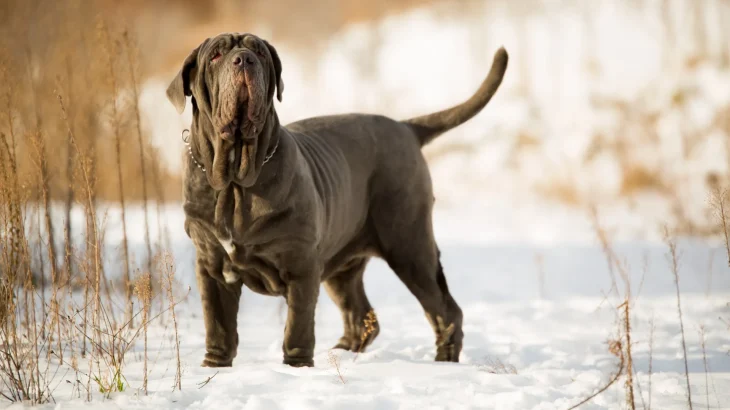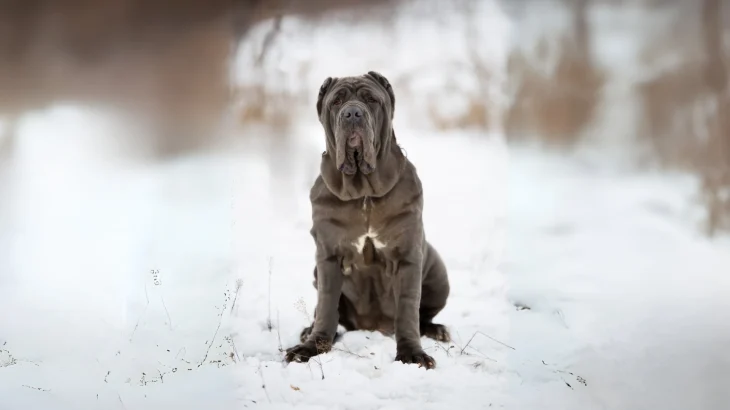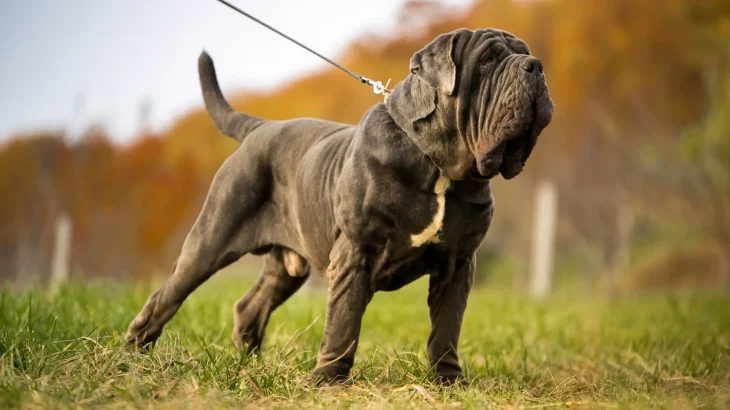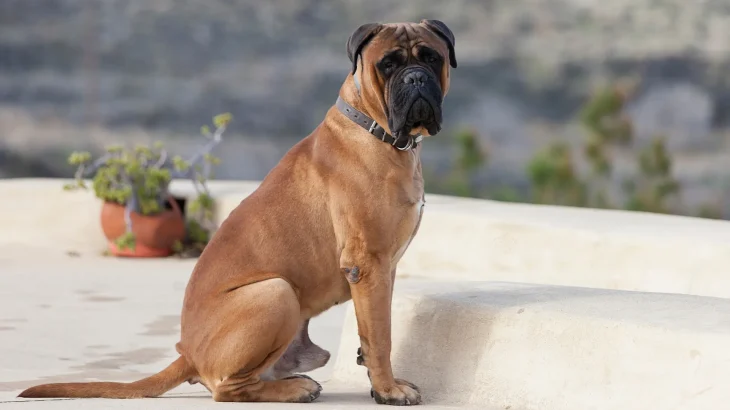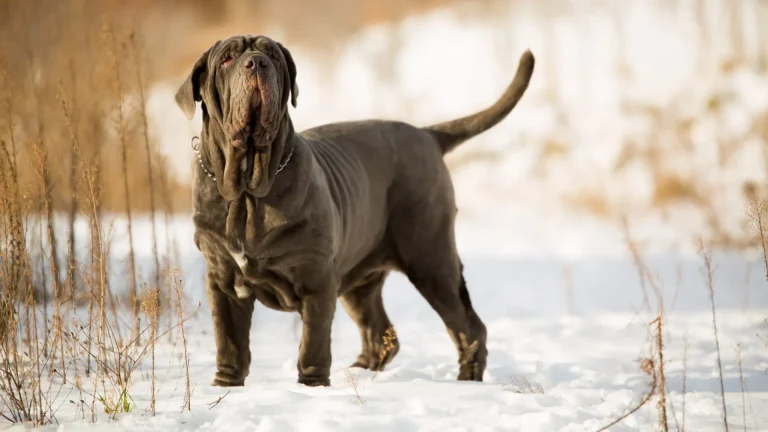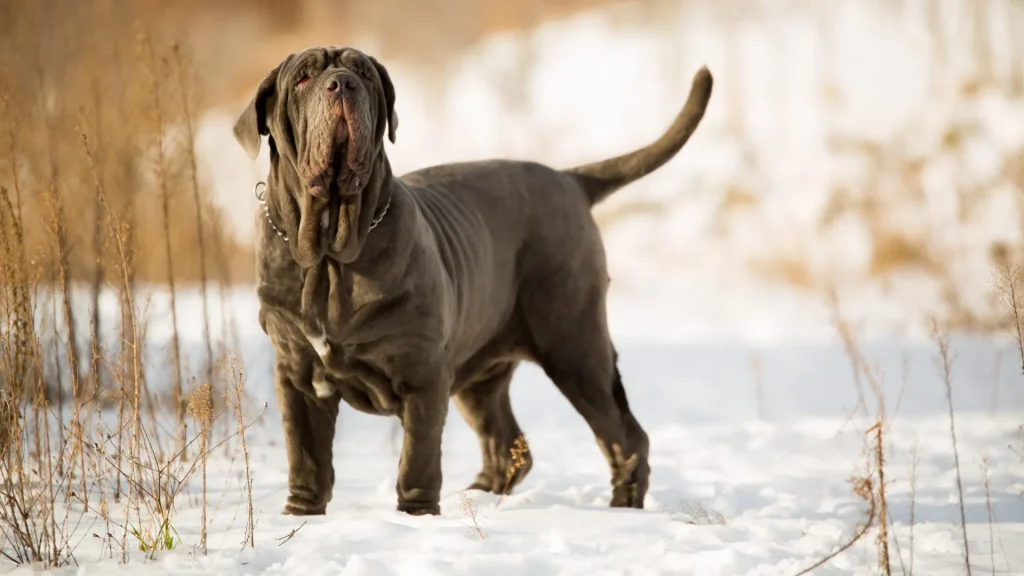Deciding whether to buy or adopt an Old English Mastiff puppy involves weighing factors like cost, health certainty, and ethical considerations. Buying from a breeder offers specific insights into the puppy's background, whereas adopting can provide a loving home to a dog in need. Your choice reflects not only your preferences but also your commitment to responsible pet ownership.
Adoption vs. Breeder: Pros & Cons
| Criteria | Buying from Breeder | Adopting from Shelter/Rescue |
|---|---|---|
| Cost | Higher; purebred puppies range from $1,500 to $4,000 due to breeding and lineage. | Lower fees, often $100 to $300, making it more budget-friendly. |
| Health History | Detailed screenings and genetic tests reduce inherited disorder risks. | Health history may be incomplete; shelters provide basic medical care and vaccinations. |
| Age Availability | Mostly puppies, allowing early bonding and training. | Varied ages, including adults and seniors, which may help assess temperament. |
| Temperament Insight | Breeders know lineage traits, aiding in setting expectations. | Shelter staff offer behavior observations, but full background is limited. |
| Supporting Practices | Supports selective breeding; ethical breeders prevent puppy mills. | Supports animal welfare by helping dogs in need and reducing overpopulation. |
| Breed Purity & Pedigree | Breed purity guaranteed with pedigrees and registration papers. | Breed purity often unknown; many are mixed or have unknown lineage. |

